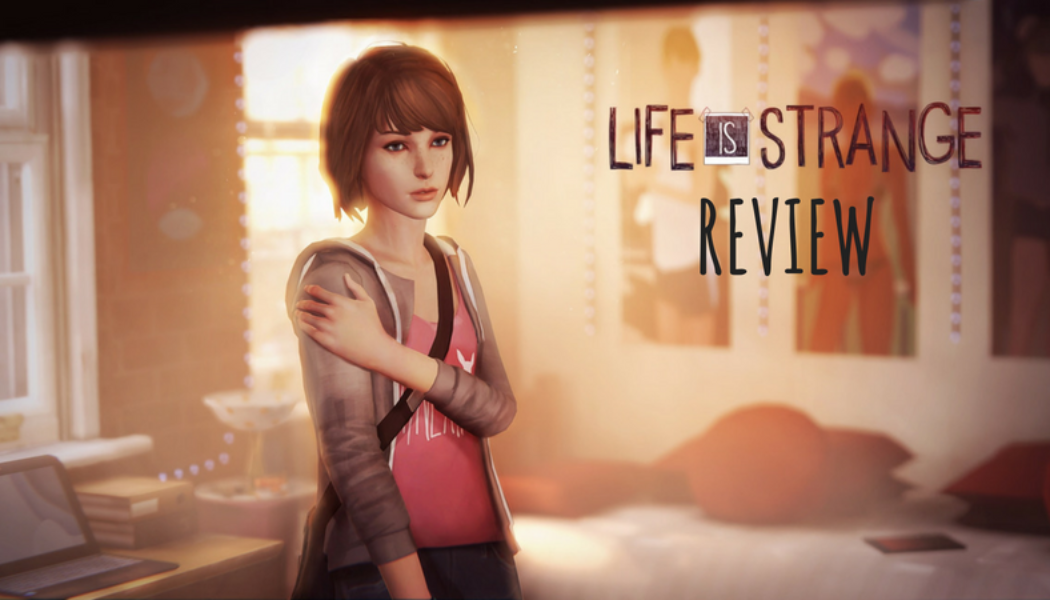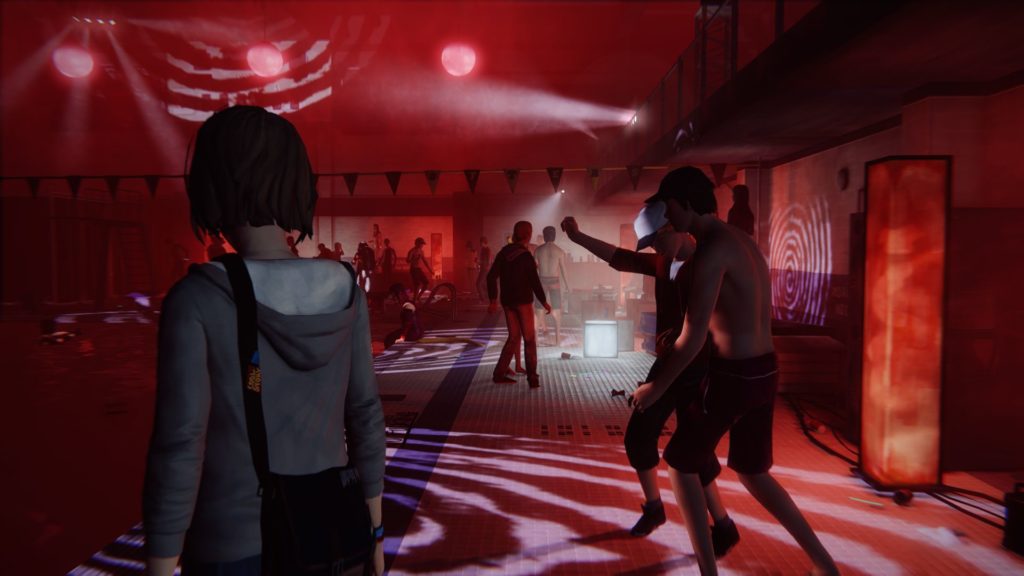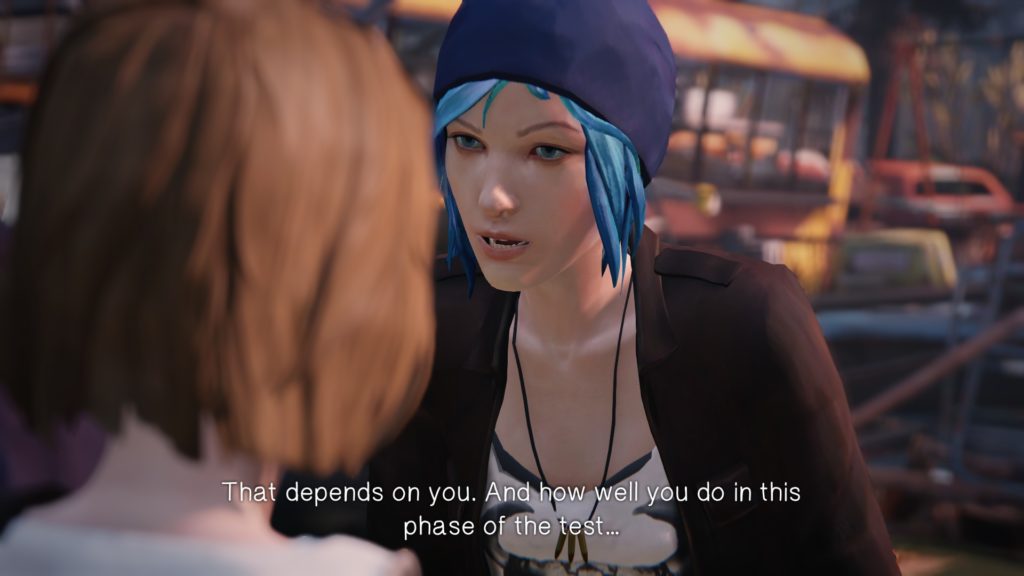Being a teenage girl was never easy. You experience a lot of things for the first time ever – from utter bullcrap to life altering events that can turn your world upside down, and make you feel that your only superpower is fucking up. Dontnod Games have tried to capture that inner turbulence with the self-discovering journey of Life is Strange. It is an episodic game (something like Telltale titles) that revolves around a shy teenage girl who suddenly develops the power to reverse time. Man, I wish my life was a little stranger. Max Caulfield, a photography student attending school in her hometown after staying away for 5 years has to struggle with using her newfound power with moral responsibility, in addition to the daily struggles that come with being a teenager.
The game emphasis heavily on the consequences of the players’ choices, making them think at least twice before they make a decision. And although the game isn’t as polished as the Telltale games, it still has a profound effect on anyone who plays it. I, for one, couldn’t use the word “Wowser” enough. Wowser.
Following an incident where her childhood best friend Chloe gets shot in a bathroom, Max spontaneously develops time-reversal powers, and uses it to save her life. These powers then become the central focus of the gameplay, providing you with a choice to either stick to one decision or go back in time and see how things would go if you chose otherwise. Reconnecting after over 5 years, Max and Chloe set out to search for Rachel, another friend of Chloe’s who had gone missing.
The game in a way lies somewhere in between Mass Effect and The Walking Dead. Your choices and decisions have a huge impact on the game, but the final outcome is pre-decided. Apart from the powers to control time, Life is Strange is like a walking simulator/adventure game where you explore and interact with your surroundings which can range from mere ornamental pieces to important plot devices. You can read and talk with different NPCs to get an idea about life in Arcadia Bay, which you find is riddled with troubles of its own. A series of strange “eco-disasters” have befallen the once prosperous town, from snow in the middle of summer to a completely out of the blue eclipse.
Having the ability to reverse time may seem like it makes your decisions less relevant, but it adds a completely new, heavy layer of thoughtfulness. The choices you make are not always easy, and you won’t realize the consequences until it’s too late to go back, which makes you think and rethink your viewpoint every time you’re presented with a choice. You can only reverse time within the current scene, meaning you have to look at each decision individually as well as the whole picture, because you may not be able to rewind to that point later.
The best thing about the game is perhaps the focus on the characters, all of which gain depth and interesting personalities as the game progresses. This is only complimented by the music and the beautiful art style of the game that breathes life into the game’s world. There’s a peaceful beauty about the atmosphere resonates perfectly with the turmoil that the characters are going through.
After everything, Life is Strange comes to an end with a disappointing conclusion, often undercuts its different themes in favour of one or the other, which makes you feel that the game falls short of its potential. Nevertheless, it is everything that the game accomplishes – expressing a true-to-life story about friendship, visual art and music so expressive and on-point it makes you want to keep playing the game till you finish it. Even with all its flaws, Life is Strange continues to be a great game that is worthy of praise.
For more news and reviews, keep checking back at Gaming Central.







